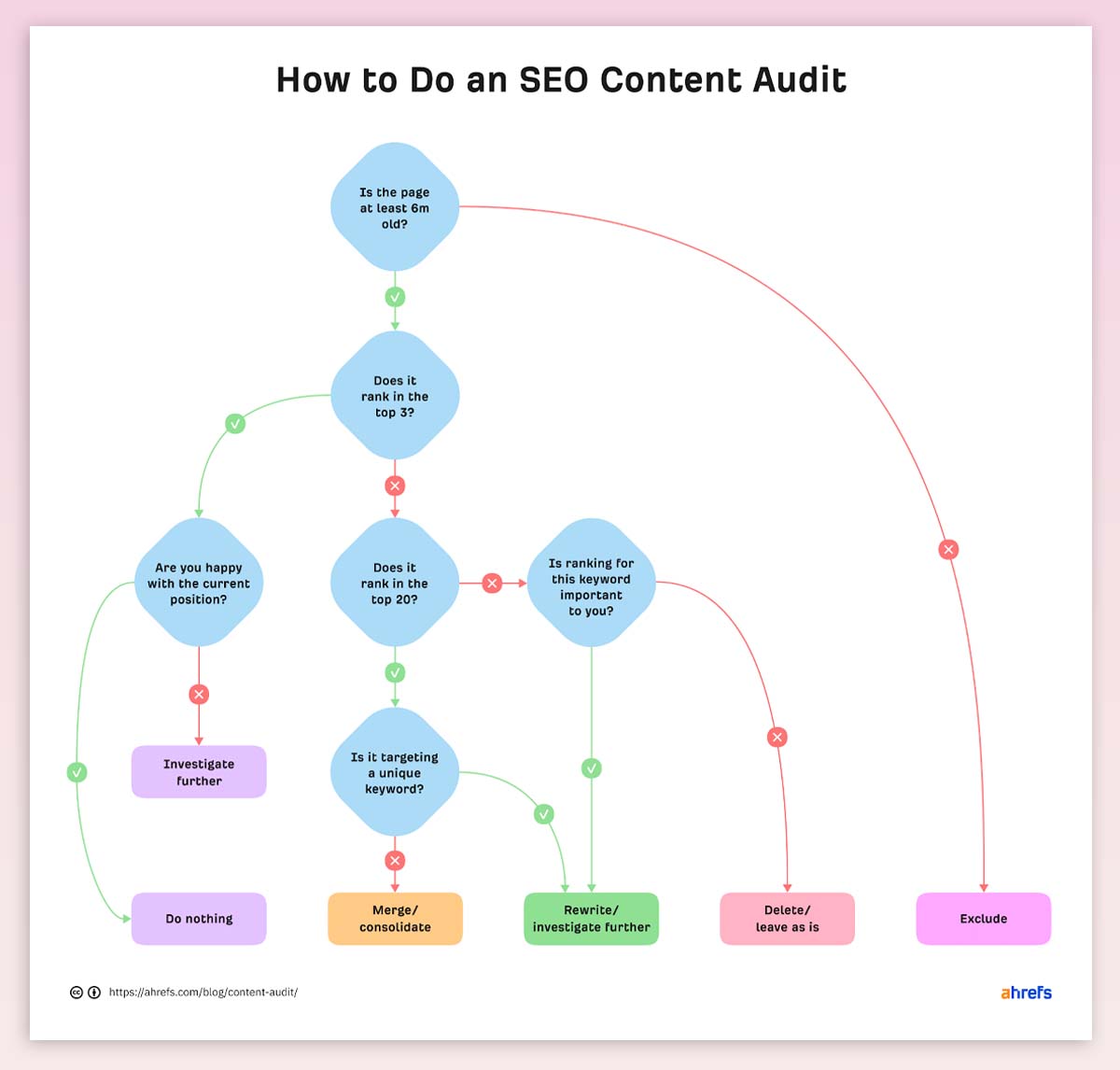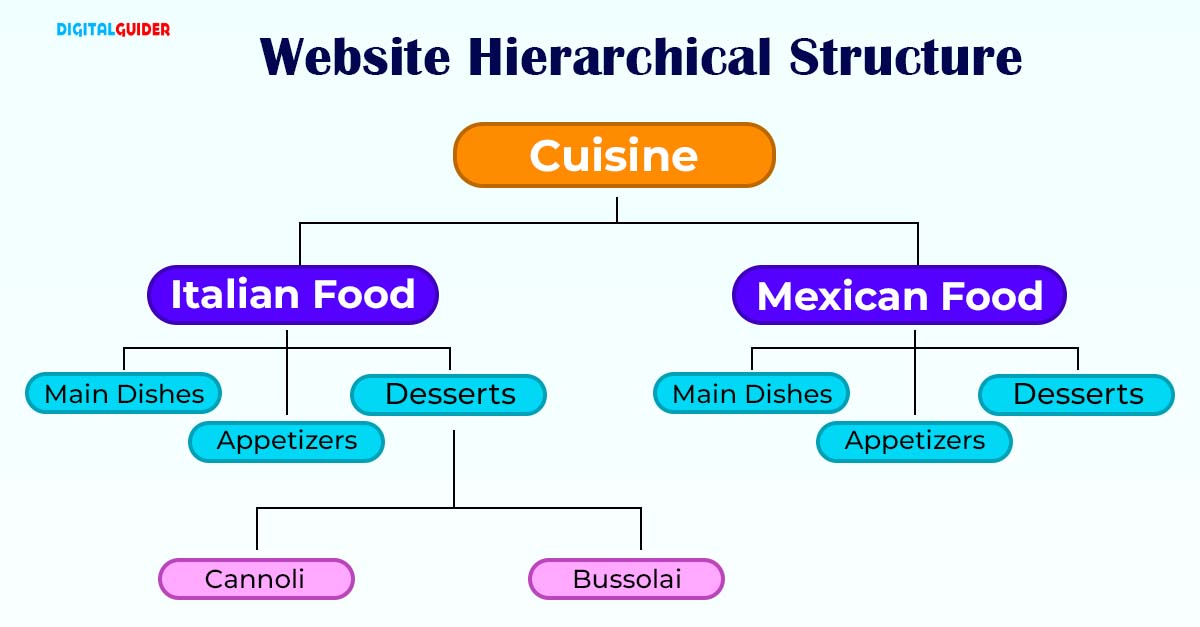Let’s say you’re running a digital marketing campaign to promote your ecommerce business. You’ve got a ton of content, from blog posts to articles to videos to infographics. You realize you need a more structured approach as you get more organized and optimized.
The digital space is vast. And when we say vast, we mean there’s no limit to what you can store in the cloud. Technological advances have allowed storing massive amounts of data without worrying about space issues. As the digital space becomes saturated with information and data, there’s a growing need for a structured organization.
In today’s blog, we’ll look at the benefits of data taxonomy and how you can leverage it to simplify your data organization and extraction process.
What Is Data Taxonomy?
Data taxonomy is a methodology used in digital marketing to classify and categorize data assets within the organization’s marketing environment. It involves the systematic and hierarchical organization of data to facilitate data management, analysis, and reporting.
Data taxonomy helps organize and label data to facilitate understanding, navigation, and utilization for various marketing contexts. It offers a standardized framework for classifying data elements, attributes, and metrics based on their importance, relationship, and purpose in marketing.

Importance of Data Taxonomy in Digital Marketing
Digital footprints have allowed marketers to get to know people one-on-one. But just measuring impressions or using last-touch metrics isn’t enough to understand the actual value of every consumer interaction. Marketers and their agencies need a measurement strategy that looks at the big picture. By creating a universal taxonomy for your data, you’ll better understand how to use it to make better marketing strategies. It’ll help you organize and organize your data to get insights that can help you create better campaigns and customer experiences.
Marketing taxonomy is a great way to simplify campaign management and make reporting more efficient. It’s not just for tech or business, either. Let’s look at how it can be helpful in the entertainment industry.
The entertainment industry has many marketing campaigns for movies, music, or events. Reporting can be messy and inaccurate if you don’t have a naming convention or a taxonomy, so you’re wasting time fixing mistakes.
Let’s say a movie studio is running a campaign for a big action movie. They can use a marketing taxonomy to organize and track all the campaign elements in one place. The separators, like ‘_,’ make it easy to manipulate data, like splitting URLs into columns based on the character.
Here’s a data taxonomy example of a campaign URL:
Location_Source_Medium_Campaign_Type_Movie_Genre_Official_Trailer

Let’s break it down:
Location: NY (representing New York, the target location of the campaign)
Source: YouTube (the platform where the campaign is being promoted)
Medium: Video Ads (the specific medium within the chosen source)
Campaign Type: Teaser (indicating a particular phase of the campaign)
Movie: “Blockbuster X” (the name of the movie being promoted)
Genre: Action (the genre of the film)
Official: Yes (identifying it as an official trailer)
This marketing taxonomy makes it easy for the movie studio to keep track of all the different elements of their campaign. You can use separators like ‘_’ to keep your data organized and even use Google Sheets to split the URLs into columns based on the character. Whether you’re an entertainment company trying to get your new album out there on streaming or a theater is putting on a live show, this taxonomy makes it easier to report across all your marketing efforts.
7 Best Practices for Data Taxonomy
Understand Your Audience and Goals
To develop a successful data taxonomy structure, it is essential to consider your target audience’s demographics, interests, and behaviors. For example, a fashion blog may be populated by fashion enthusiasts who seek content related to fashion trends, styling advice, and reviews of products. By understanding their preferences, you can construct a taxonomy structure tailored to your audience’s preferences. If your primary objective is to optimize SEO, you can focus on including relevant keywords in the taxonomy structure. If user experience is your primary focus, you can provide intuitive navigation and content recommendations tailored to your audience.
Conduct a Thorough Content Audit
A content audit is when you look at your existing content and see your strengths and weaknesses. For example, let’s say you run an online e-commerce site that sells electronics. You find multiple articles on the same topic during your audit, such as “Top 10 smartphones of the year” or “Best Android phones for tech enthusiasts.” By consolidating these articles into one subcategory, like “Smartphones,” your content will be more organized and easier to find.

image source: ahrefs
A content audit helps you identify content gaps in your existing content that you can fill by creating new content. If your audit reveals that you don’t have enough information about “the latest smartphone accessories,” you can add a new sub-category called “Smartphone Accessories” to your taxonomy. In this way, you can easily promote your content which has the possibility to perform better.
Design a Hierarchical Structure
The hierarchical taxonomy structure creates a logical hierarchy of content categories and relationships between them. Suppose you’re running a restaurant business. In that case, the top-level taxonomy category of your website can be “Cuisine” (i.e., Italian food, Mexican food, Asian food), followed by subcategories such as “Main Dishes,” “Appetizers,” and “Desserts.” Below Main Dishes, you can have additional subcategories, such as “Pasta,” “Chicken,” and “Seafood.”

A well-structured taxonomy allows users to easily navigate through your website, starting with broader categories and moving down to more specific topics as needed. It also provides a systematic way to organize content and enhances the user experience.
Also Read: How To Make A Responsive Website? 8 Practical Ways To Follow
Use Consistent Naming
Naming conventions are essential for clarity and readability. For example, let’s say you have a travel blog and want to categorize your posts by category. Instead of saying “wanderlust chronicles” or “globetrotters’ haven,” use descriptive, intuitive labels like “destination guides,” “travel tips,” or “adventure stories.”
Subcategories and tags are also crucial for consistency. For example, if your subcategory is “travel tips,” make sure that related articles use tags like “travel tips, travel hacks,” “travel advice,” and so on to keep your taxonomy consistent.
Incorporate Metadata and Tags
Metadata adds context and information to your content. This is especially important when creating a real estate taxonomy for your blog. For example, let’s say you’re building a property taxonomy for real estate listings.
Under the subcategory Luxury Apartments, metadata will be:
Property Type: Luxury Apartments
Location: City, Neighborhood
Size: Square Footage
Bedrooms: Number of bedrooms
Bathrooms: Number of bathrooms
Amenities: Pool, Gym, Spa, Concierge, Parking, etc.
View: Ocean, Cityscape, Mountain, Park, etc.
Furnishing: Furnished, Unfurnished, Partially Furnished
Pricing: Rental/Lease Price, Sale Price
Availability: Immediate, Coming Soon, Pre-Construction

Tags further improve content categorization and search. Let’s continue with the example of a real estate blog. You could tag an article that compares different types of real estate with tags like “House vs. apartment,” “Property Comparison,” or “Investment opportunities.” These tags allow users to quickly find the content they want and explore important topics within your real estate domain.
Regularly Review and Refine
If you want your data taxonomy to stay up-to-date and valuable, you must monitor it. Check in with users, analyze analytics and look at search queries to see where you can make improvements. For example, if you run a finance blog and your users have difficulty finding content about “financial plans,” you might want to add a new category or tweak the existing one to meet their needs. Do regular tests to see how your taxonomy is doing.
Look at engagement, bounce, and search patterns to see if there are any gaps or ways to make it better. With regular updates and changes, you can ensure your taxonomy always keeps up with your users’ needs and content strategy.
Provide Clear Documentation and Training
Documenting your data taxonomy’s structure, rules, and guidelines is essential for consistency across your organization. Develop a taxonomy-style manual that outlines naming conventions, hierarchy, and usage guidelines. Provide examples and explanations so content creators and editors can understand how to use the taxonomy efficiently.
Provide training and support so that everyone understands the purpose and advantages of the taxonomy. Set up workshops or virtual sessions so that you can demonstrate how the taxonomy applies to content creation, tagging, and navigation. By building a common understanding, you’ll be able to ensure the taxonomy is used consistently across all your digital marketing efforts.
Wrapping Up
A well-thought-out data taxonomy helps you better understand your audience, match your content to their needs and deliver personalized experiences.
Data taxonomy helps you organize your data so it’s easier to find, analyze and use for your targeted campaigns.
With a well-structured data taxonomy, you can simplify content management, optimize your SEO efforts and deliver a smooth user experience.
Here are the best practices for using data taxonomy to optimize your digital marketing:
- Understand your audience
- Conduct a content audit
- Design a hierarchical structure
- Use consistent naming conventions
- Include metadata and tags
- Review and refine your taxonomy
- Provide clear documentation
So, get your data organized, get your metadata and tags out there, and let your marketing team work together to achieve common goals.
Contact Us today and start building your data taxonomy for success!







